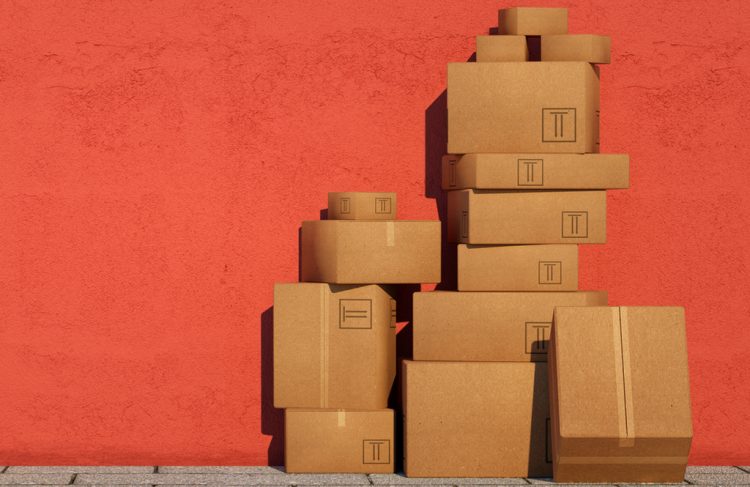How fashion retailers improve online returns management

Returns have always been an issue in the fashion industry, as they reduce net sales, indirectly decrease gross and net profits, and force the retailer to allocate space and staff to handle returns.
As digital shopping continues to increase, the volume of returns has increased in unison, threatening both the customer experience and retailers’ bottom line, especially in fashion.
That being the case, what steps are retailers taking to lessen the impact of returns on their operations?
In this article you’ll discover how some companies are addressing the growing trend of returns at a profit.
The current state of online returns
Online shopping has become such an easy, secure and accessible option that people expect returning what they’ve purchased to be just as simple.
In the early days of online retail, companies offered free delivery and free returns to convince people to shop online when it wasn’t as common.
However, as eCommerce has grown to account for a large percentage of commerce globally, many companies are now realizing the high cost of serving online customers, who have come to assume that free returns are an integral part of online retailing, particularly when buying fashion items.
But returns are expensive for retailers. As well as the cost of the reverse logistics, the returned goods occupy warehouse space.
Particularly in the fashion segment, companies have created new strategies to reduce the returns of their products, as well as to improve the shopping experience of their customers.
Amazon is one such example. Making use of augmented reality, online and offline, it allows its North American customers to see how any fashion or footwear item will look like before buying it.
In addition to providing a better shopping experience for its customers, it wants to reduce the levels of returns by up to 30%. In the more extreme cases, it will close the accounts of those customers with very high rates of returns.
Meanwhile, fashion giant Zara has decided to charge a handling fee in more than 30 countries to those customers who decide to return goods online instead of doing it in the physical store.
Other companies such as Next, Uniqlo and Zalando have also set aside certain costs for returns to their customers.
The use of new technologies
With the ever-increasing technology related to artificial intelligence and augmented reality, fashion companies don’t have to go down this road alone.
Partnering with a trusted technology company will allow them to conduct a detailed analysis of activity pain points and introduce improvements to optimize their returns operations in several ways:
First, by enabling rapid inbound sorting, which provides a greater ability to sort large volumes of returned goods. By quickly removing returned items, items will return to inventory more quickly, which will improve merchandise turnover.
And finally, optimize warehousing processes through specialized designs. All of this creates an efficient, manageable and scalable solution for any company, regardless of size.
Running a complex operation like returns can take a toll on a company and its budgets. But by partnering with a technology company, they can reduce friction, improve efficiency and deliver better digital experiences while remaining cost-effective.



